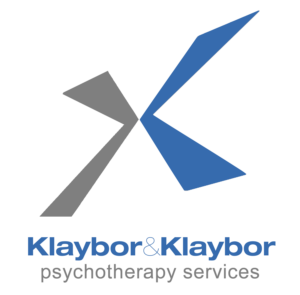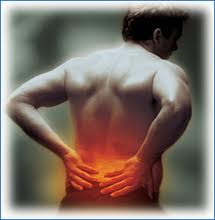Chronic pain is defined by its length (more than six months) and its resistance to conventional therapies. Acute pain is defined as 30 days or less. If you have chronic pain, there is help. Chronic pain syndrome is not the same as acute pain or recurrent acute pain. Acute pain is due to actual or pending tissue damage. Its duration is short and its psychosocial consequences are minimal. A person’s perception of acute pain and behavior following the onset of acute pain are commensurate with the inciting event. Acute pain resolves as healing occurs.
This presentation might be helpful in understanding the way pain mechanisms work in the brain.
Working in conjunction with your physician is the best way to manage your pain. Once pain sets in for an extended period of time, the brain loses its equilibrium. People with chronic pain, a front region of the cortex mostly associated with emotion “never shuts up,” Techniques like hypnosis, biofeedback, meditation, mental imagery and cognitive behavioral therapy (CBT) help quit the brain and retrain it. Take a look at this presentation for an overview of how this pain mechanisms work and can be altered.




